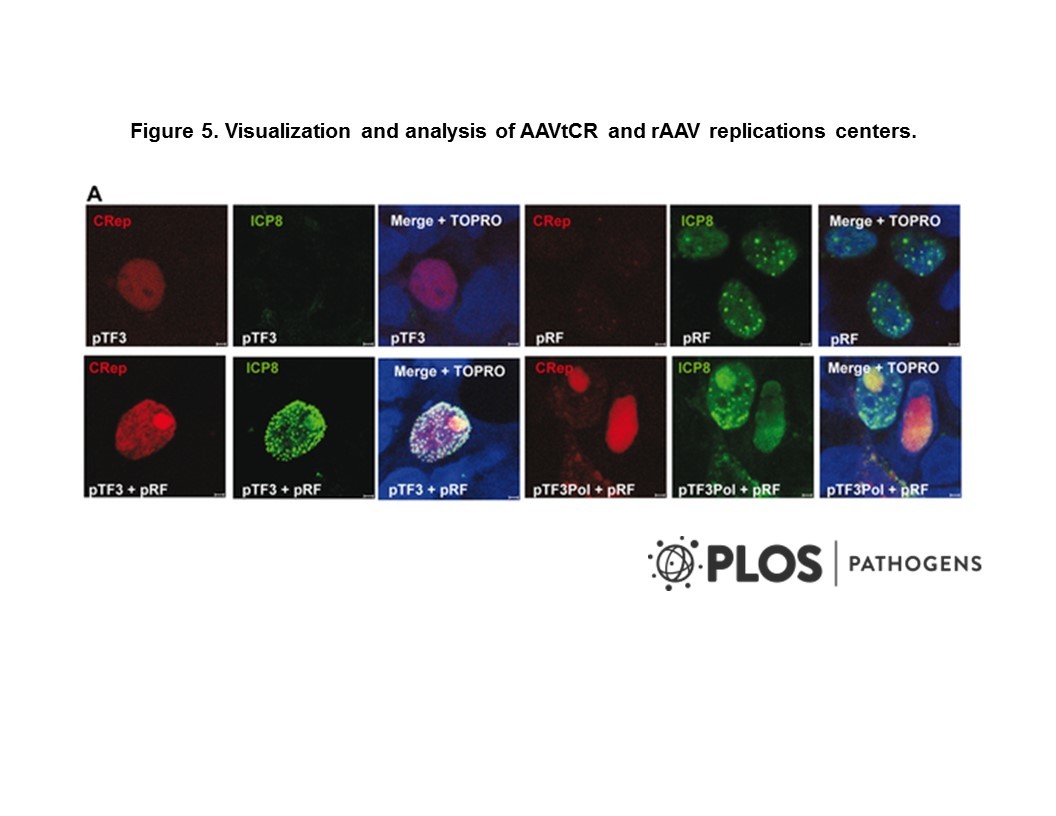
Cat. #160548
Sonic hedgehog-expressing D1-MSC cell line
Cat. #: 160548
Sub-type: Continuous
Unit size: 1x10^6 cells / vial
Organism: Mouse
Tissue: Bone Marrow
Disease: Cancer
£575.00
This fee is applicable only for non-profit organisations. If you are a for-profit organisation or a researcher working on commercially-sponsored academic research, you will need to contact our licensing team for a commercial use license.
Contributor
Inventor: Jose Luis Pedraz ; JesÄ‚?Ÿs Ciriza ; Laura Saenz del Burgo
Institute: University of the Basque Country (EHU)
Tool Details
*FOR RESEARCH USE ONLY
- Name: Sonic hedgehog-expressing D1-MSC cell line
- Alternate name: SHH
- Tool sub type: Continuous
- Parental cell: D1-MSC
- Organism: Mouse
- Tissue: Bone Marrow
- Disease: Cancer
- Growth properties: Adherent cells
- Conditional: No
- Description: Sonic hedgehog is a protein that plays a key role in the development of animals from insects to mammals. In vertebrates, it is involved in organogenesis, including the growth of digits on limbs and the organization of the brain. Sonic hedgehog is also active in adults; for example, it controls the proliferation of adult stem cells and has been implicated in the development of some cancers.Sonic hedgehog-expressing D1-MSC can be used for the study of promotion of stem cells proliferation in vivo and in vitro by the release of the transgenic Sonic hedgehog.
- Production details: pSIN-EF2-Sonic-Pur was transfected into One Shot1 Stbl3TM Chemically Competent E. coli, extracted with QIAprep1 Spin Maxiprep Kit (Qiagen) and quantified with Nanodrop ND-1000 Spectrophotometer. 2.5 x106 293T cells were cultured with DMEM, 10% FCS and 1% P/S overnight and further transfected with 9mg of pSIN-EF2-Sonic-Pur 3mg of pMD2.G (Addgene plasmid 12259), 6mg of psPAX2 (Addgene plasmid 12260) and 45mL of lipofectamine1 2000 in OptiMEM medium following providerâ?‚€?‚™s recommendations. After 3 days at 37 C, supernatants from transfected 293 T cells were collected, spun up for 10 min at 2000 g filtered with a 0.45mm PVDF low retention Millex1 filter (EDM Millipore), and stored in liquid nitrogen on 1 mL aliquots until further use. D1-MSCs cells were plated in 6 well-plates at a density of 5 x104 cells/well. A final volume of 2 mL with 1800mL of stored supernatant containing viruses codifying Sonic-Pur and 4mg/mL of polibrene were added next day to D1-MSCs. Cells were incubated for 48 h and supernatant was replaced with new maintenance medium containing puromycin 12.5mg/mL. D1-MSCs were cultured and expanded with medium and 12.5mg/mL puromycin for 1 month to ensure all cells were infected. For assessing lack of virus production by infected cells, supernatant from infected cells cultures was transferred to 105 virus-free D1-MSCs and incubated for 3 days. â?‚€?‚ÂœRe-infectedâ?‚€?‚Â� cells were collected and their genomic DNA extracted with QIAamp DNA Mini Kit (Qiagen). Insertion of Sonic cDNA sequence into the genome was assessed by PCR following the same parameters than for Sonic cloning.
Target Details
- Target: Sonic Hedgehog
Handling
- Format: Frozen
- Growth medium: DMEM supplemented with 10% FCS and P/S
- Unit size: 1x10^6 cells / vial
- Shipping conditions: Dry ice
Related Tools
- Related tools: Erythropoietin expressing D1-MSC cell line ; Luciferase-expressing D1-MSC cell line ; GFP-expressing D1-MSC cell line




